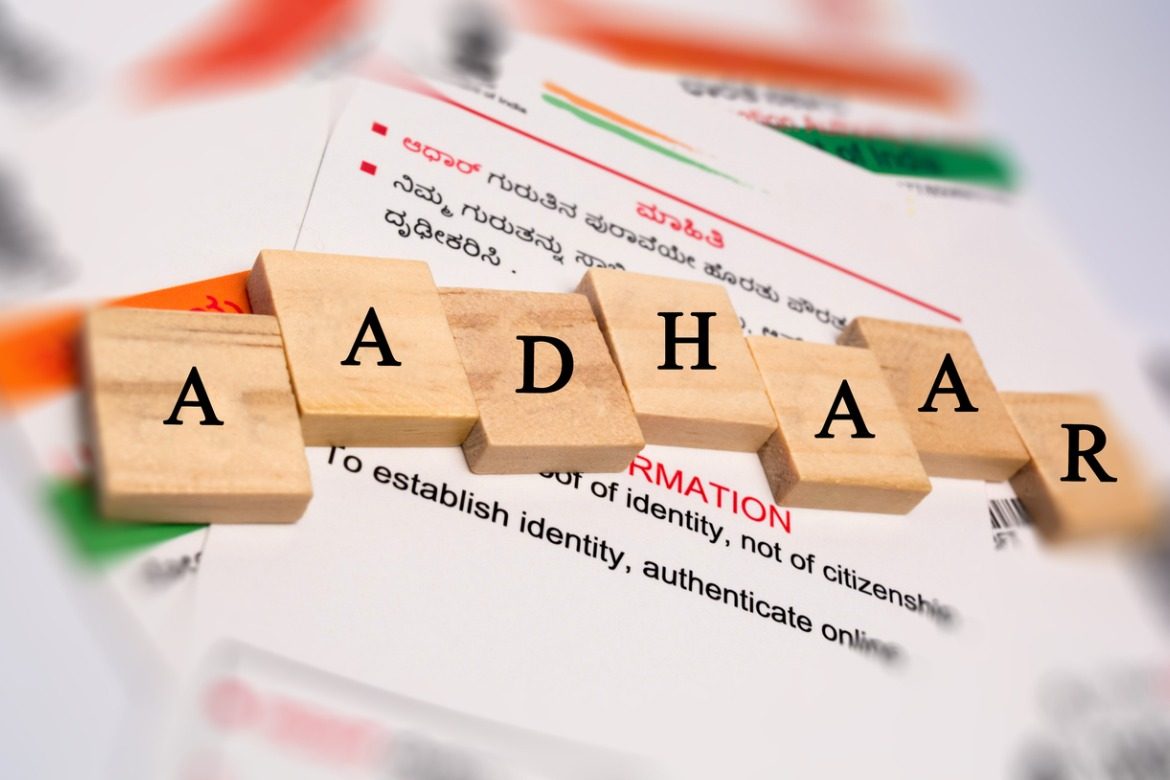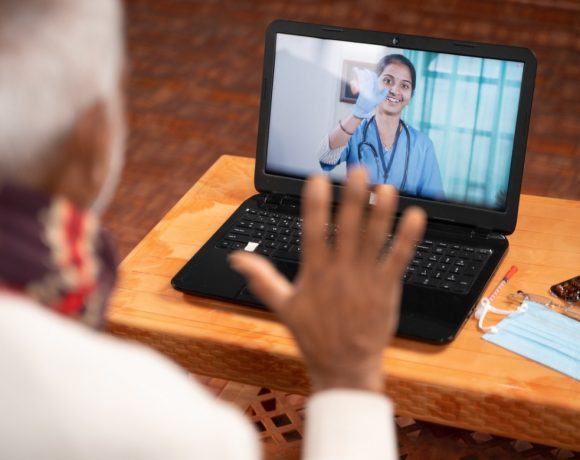- Following the Lego-Design principle, the India Stack’s success is due to its interoperable modular design, whereby each platform performs only basic functions independently but can be linked to other platforms and exchange information in a secure way.
- Other modules of the India Stack were built on top of Aadhaar, creating four distinct technology layers – Presence-less, Paperless, Cashless, and Consent.
India has emerged as a front runner in the rapidly unfolding digital revolution. It owes its performance to India Stack, the ODE (Open Digital Ecosystem) with the globally largest API (Application Programming Interface), that has made it possible to address socio-economic problems at an unprecedented scale.
Aadhaar (foundation) is at the core of the stack. With its biometric ID system, it has allotted a 12-digit unique ID number to 1.2 billion Indians. The development has boosted the fintech sector in the country, particularly the digital payments field. The field is growing by leaps and bounds, despite drawbacks such as financial illiteracy and reliance upon cash in the rural regions.
In the year 2020-21, the stack in its various forms and across applications enabled 43.4 Billion financial and non-financial transactions including bill payments, identity authentication, and retail banking. On the ground, this means that the technology that empowers an urban home-maker to buy her cooking gas also enables a migrant worker to send money to her family in a remote village. It is a powerful example of technology designed for the masses but done so well that it is useful across all segments of society. India has lit up its dark alleys like it’s Diwali every day.
Covid-19 has increased the necessity of the next challenge – healthcare – and the government has responded with the National Health Stack to collect, store and make accessible a massive amount of comprehensive healthcare data. Built to work alongside India Stack, it opens up possibilities of innovations both by markets – nonprofits, research, analysts and governments – policymakers, social welfare applications, insurance. It is up to the policymakers and markets to keep up with the pace of disruption and figure out ways to deploy the tech and application to truly serve the people.
Nextrends Asia brings to you the thoughts of Sebastien Hug, Aparna Kumaraswamy, and Archit Kansal about the true digitisation journey of India. Read full story here.






NO COMMENT